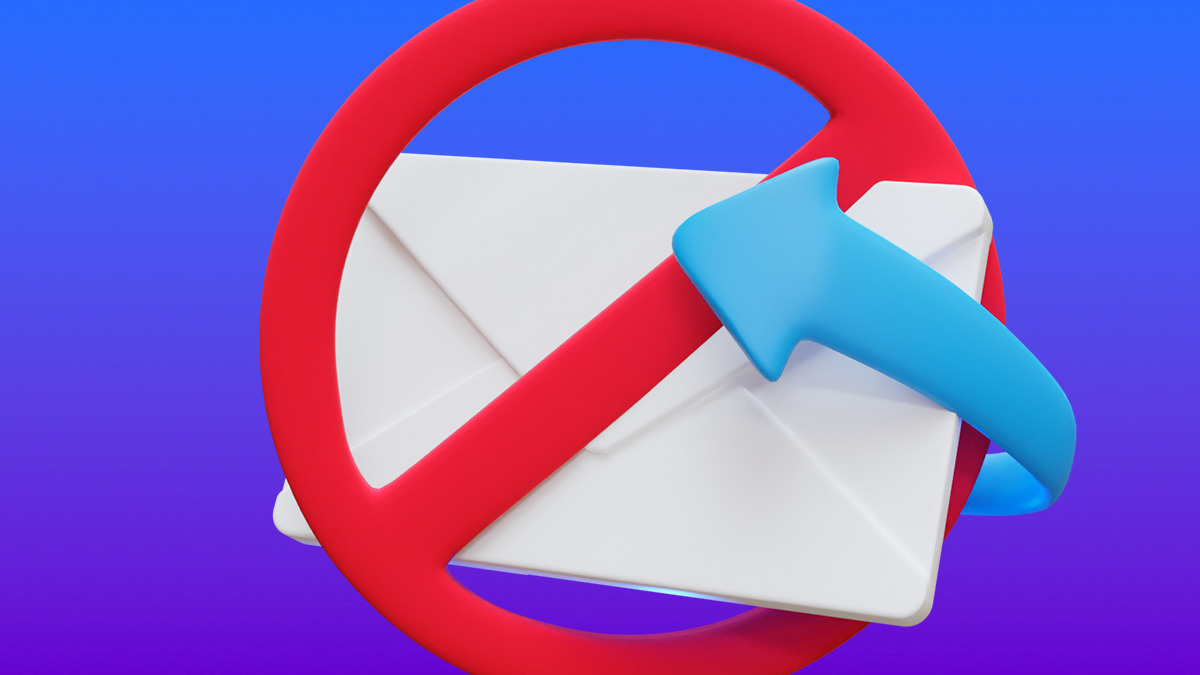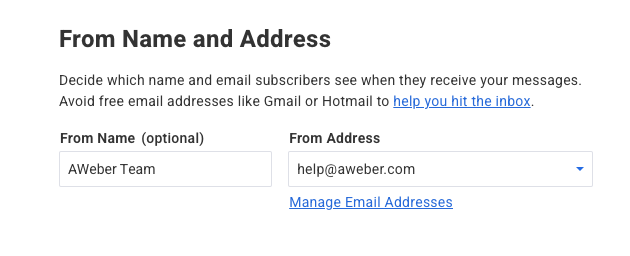
Have you ever received an email with a “do not reply” address like noreply@example.com or do-not-reply@example.com.

I don’t like the way they look in my inbox, with their tough and unwelcoming facade, so I marked the emails as trash without even reading them.
If you’re being disregarded based on the email you send from, you’ve got a great opportunity for better open and click rates. Avoid the trash folder and spam complaints by opening up a line of two-way communication, and making your audience feel like individuals – not just another email address.
What is a no-reply email address?
A no-reply email address (or “do not reply” address) is the “‘from email address” that is set up not to receive a response email. They are often formatted as noreply@DomainName.com or donotreply@DomainName.com.
Why you shouldn’t use a “noreply@” email address?
1 - Poor customer experience
The number one reason you shouldn’t be using no-reply email address is because it creates a poor customer experience.
No reply addresses take a channel like email, which is best used as a two-way communication, and make it one dimensional.
2 - Decrease email deliverability
Additionally, “do not reply” addresses actually negatively impact email deliverability.
Why?
Because if your subscribers don’t have a positive interaction with you, they may be pushed to click the “spam” button. If enough of them do it, a delivery problem arises.
To subscribers, spam isn’t just unsolicited bulk email, it’s any email they don’t want. And not many people want to hear from people – or companies – who refuse to hear back from them.
3 - Filtered to spam folders
Your subscribers may not even have the chance to mark your email as spam. Email providers, such as Yahoo and Gmail will often add no-reply emails to the spam folder.
And you may not realize the negative impact because emails appearing in the spam folder still show as delivered.
Take a look at these emails which appeared in my spam folder. I’ve purchased from Hallmark and have a Dropbox account, but because these email addresses are a from a “noreply” address, my email provider send them to the spam folder.

Here’s the actual addresses:


4 - Difficult to add to “safelist”
Many email providers won’t allow you to “safelist” an email address that starts with noreply@. Safelisting is when a subscriber adds your email address to their contact list. Being added to your subscriber’s contact list increases the likelihood of your emails showing up in the inbox instead of the spam folder.
5 - Increased unsubscribe rate
An email with a noreply address is such an impersonal way to communicate with your subscribers, that they may unsubscribe from future emails.
Try this instead
Instead of using an unfriendly “do not reply” address, try using an address like “info@example.com,” “help@example.com” or an address from a specific individual.

These addresses show readers that you care about them and are there to help! This really opens up a two-way communication, shows your customers that they can reach out and lets you better connect with subscribers.
What do YOU think of “do not reply” addresses?
Have you ever sent a campaign using a “do-not-reply@” or "no-reply" address? Ever received one? What do you think of them?
Share your thoughts below.
Need an easy-to-use tool to send emails that will get delivered? Start with a free AWeber account today!
The post No-Reply Email Addresses: Why They’re Bad and What To Use Instead appeared first on AWeber.
from AWeber https://ift.tt/FHOi0IQ
via IFTTT
No comments:
Post a Comment